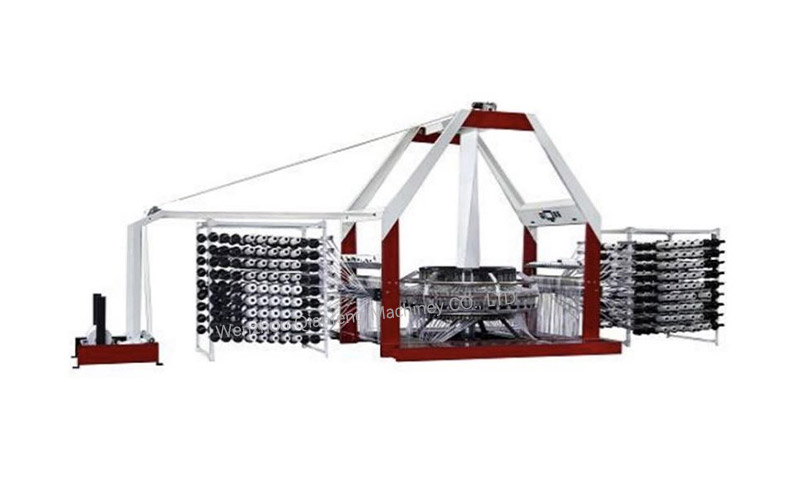Many businesses in packaging, agriculture, or chemical industries wonder: when should they choose a Woven Bag Production Line instead of separate single-function machines? This article breaks down the key scenarios where a complete line works best—simple, no jargon, easy to follow.
Traditional production uses separate machines such as weavers or cutters, which often cause delays between steps. You might wait for one machine to finish before starting the next, slowing down the whole process.
A Woven Bag Production Line combines all processes—from PP raw material handling to weaving, printing, cutting, and sewing—into one automated flow. It can run 24/7, perfect for businesses needing 20,000 to 50,000 bags per day.
It also fits if your orders are stable long-term. For example, if you supply grain mills or fertilizer factories with standard-sized bags, the line avoids inefficiencies from frequent machine adjustments.

Manual work or disjointed machines need multiple workers—someone to move materials, another to fix printing errors, and more. This raises labor costs and mistake risks such as misaligned prints.
A Woven Bag Production Line uses a control system to link all parts. Only 1 or 2 staff are needed to oversee everything, and issues like uneven cutting or missing seams are rare.
This helps businesses struggling with high turnover or rising wages—automation cuts long-term costs and reduces rework caused by mistakes.
If you make bags for different clients—for example, non-laminated ones for sand or PE-laminated ones for food—separate machines need time-consuming adjustments. You might spend hours switching settings for a new order.
A Woven Bag Production Line has modular parts such as optional lamination or printing tools that adjust quickly, no need for multiple machines.
This works well for suppliers serving agriculture, construction, and food industries, where order needs can change often.
Industries like food packaging or chemical storage need to follow strict standards such as ISO 9001 or SGS testing. Even small quality issues can lead to recalls, lost trust, or fines.
A Woven Bag Production Line has built-in checks—like systems that reject bags with missing seams or misprints. Its closed processing flow keeps food-grade bags clean, free from dust or impurities, and all parts are certified to meet safety rules.
This avoids costly problems, like leaking chemical bags or unhygienic food packaging, that could hurt your business.
A Woven Bag Production Line isn’t for everyone—it shines when you need large, steady output, want to cut labor costs, make diverse bags, or follow strict rules. Match your needs to these scenarios, and you’ll know if it’s the right investment for you.
To see how a tailored Woven Bag Production Line fits your specific work, visit our product page for details on specs and customization options.
Outer Bag Cutting Length (mm):600-1200
Outer Cloth Width (mm):450-650
Inner Bag Wider than Outer Bag (mm) +20
Outer Bag Cutting Length (mm):600-1200
Outer Cloth Width (mm):400-680
GET A QUOTE